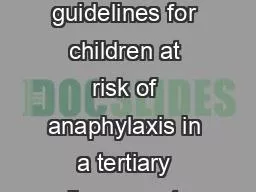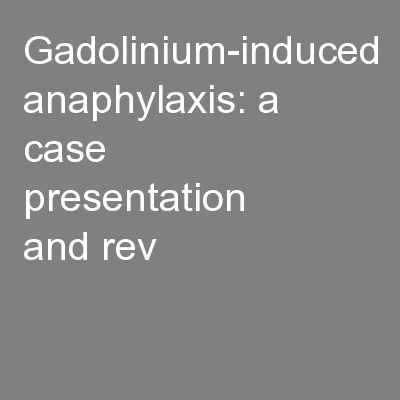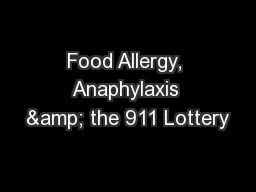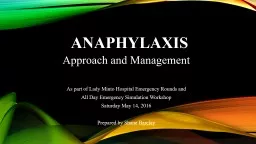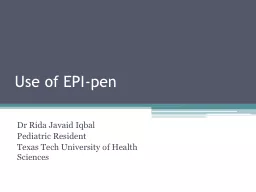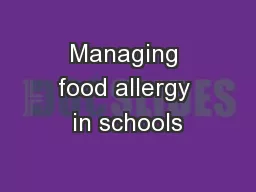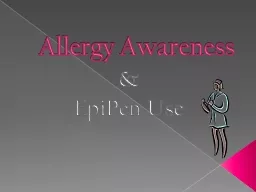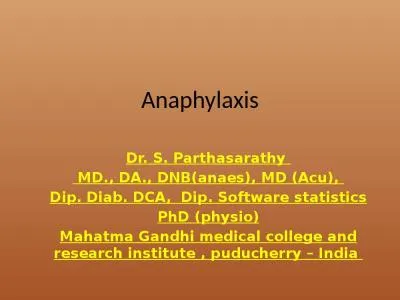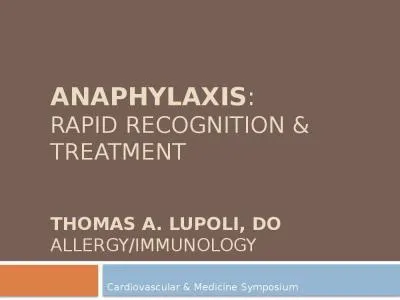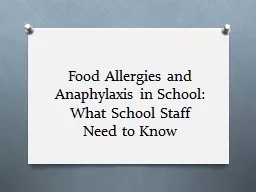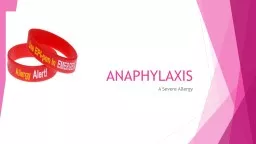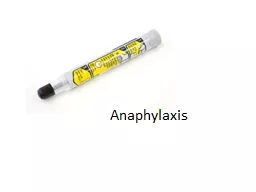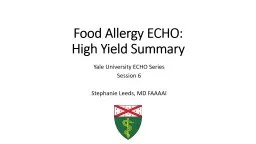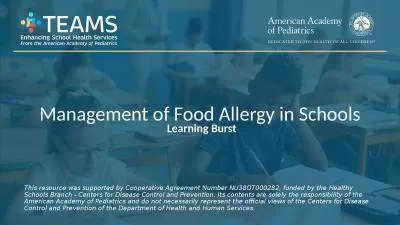PPT-Compliance with NICE guidelines for children at risk of anaphylaxis in a tertiary allergy
Author : titechas | Published Date : 2020-08-03
Prabalini Thaventhiran Deputy Clinical Nurse Specialist Childrens Allergy Service Evelina London Overview Background Method Results and findings Conclusion
Presentation Embed Code
Download Presentation
Download Presentation The PPT/PDF document "Compliance with NICE guidelines for chil..." is the property of its rightful owner. Permission is granted to download and print the materials on this website for personal, non-commercial use only, and to display it on your personal computer provided you do not modify the materials and that you retain all copyright notices contained in the materials. By downloading content from our website, you accept the terms of this agreement.
Compliance with NICE guidelines for children at risk of anaphylaxis in a tertiary allergy: Transcript
Download Rules Of Document
"Compliance with NICE guidelines for children at risk of anaphylaxis in a tertiary allergy"The content belongs to its owner. You may download and print it for personal use, without modification, and keep all copyright notices. By downloading, you agree to these terms.
Related Documents

